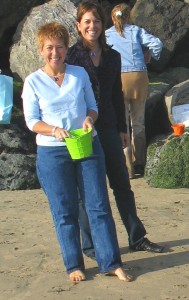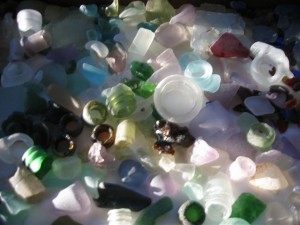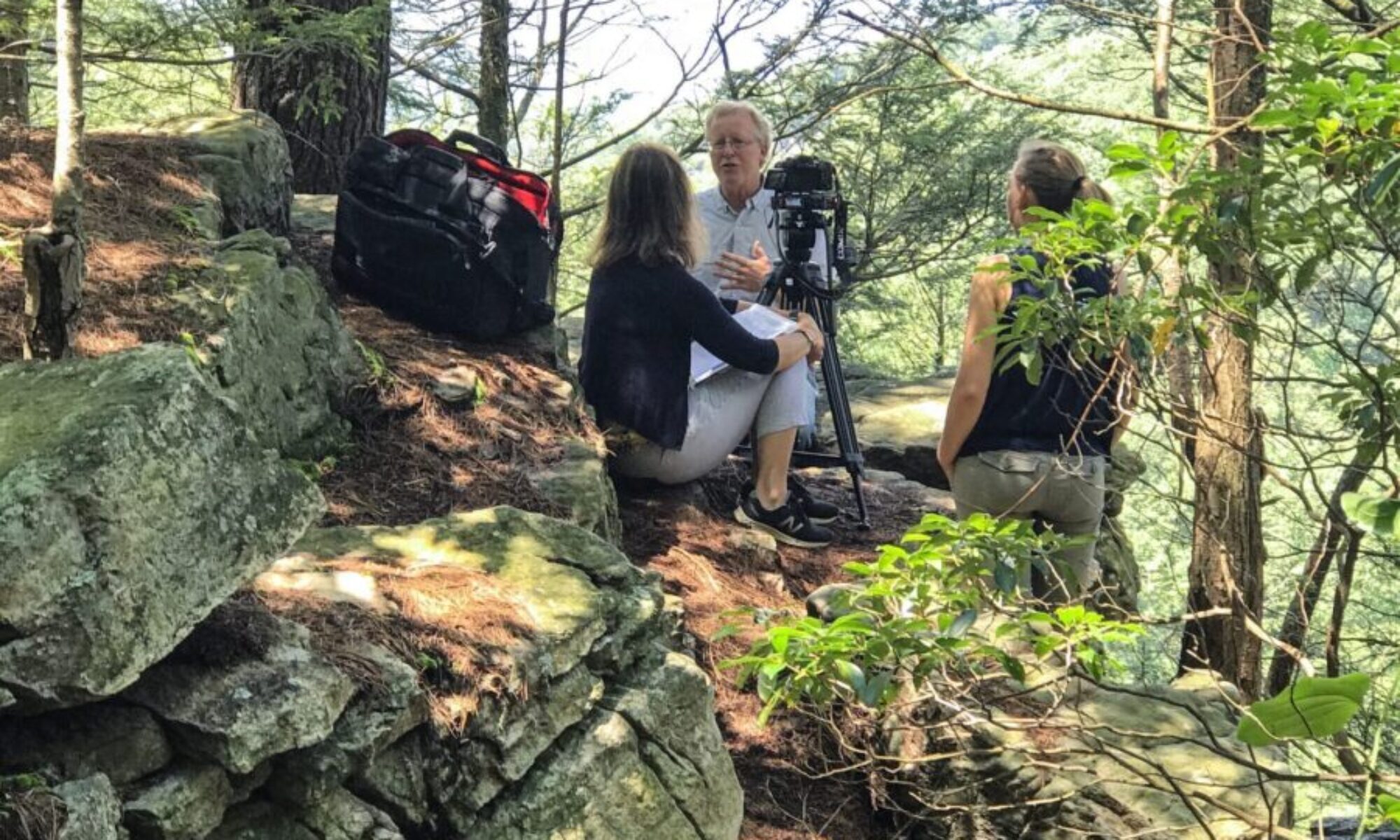My latest story for The New York Times features Oxford University professor Dieter Helm. We met on Wednesday in Washington, D.C., to discuss Europe’s flawed energy policies and what he considers America’s lucky break with natural gas. The best part of the interview? He’s refreshingly honest and doesn’t mind admitting he’s angry. Helm is the author of “The Carbon Crunch: How we’re getting climate change wrong – and how to fix it.” He told me, “Parts of my book are angry. It was a great way to construct an argument!”
Coal is Dead. Gas is the New Frontier: Fossil Fuel Hogs Conversation at ARPA-E

I don’t have much faith that the world will use less coal any time in the near future.
Certainly energy innovation and natural gas hold promise in the U.S., but the reality of widespread coal use worldwide made its way into many of the main discussions this week at the ARPA-E Energy Innovation Summit.
Blythe Masters, head of global commodities and corporate & investment bank regulatory affairs at JP Morgan, shares my same opinion. Coal will be a main player for the future, and especially in China, she said in an interview at ARPA-E.
New York Mayor Michael R. Bloomberg this week came out swinging at coal in his keynote address at the Summit. He said, “Coal is a dead man walking.”
Sure, in the U.S.
Pressure to squelch coal use in the U.S. has been effective, but that’s due to the increase in cheap natural gas and efforts by the Sierra Club’s Beyond Coal campaign. Still, the U.S. is exporting record amounts of coal and that will continue.
As I wrote for Slate Magazine in their series on coal energy last November, “Despite better alternatives and concern about climate change, coal isn’t disappearing any time soon.”
Efforts to reduce coal use in the America are continuing. Coal is dirty, dangerous and the single biggest contributor to heat-trapping gases that cause climate change. But we are shipping it elsewhere. That means more greenhouse gases in the atmosphere. In my Slate Magazine story, I explained a bit of the economics of why the world uses a lot of coal. Here’s an excerpt:
“It’s cheap. It’s abundant. And it’s going to be in use for a long time. Until recently, coal fueled half of the electricity generated in the United States. That number was whittled to 42 percent last year, mostly due to a new flood of cheap natural gas that made it economical for power plants to make the switch from burning coal.
Efforts to use cleaner sources of energy in the United States have put coal in a state of flux. Air pollution regulations have forced power plants to clean up emissions from their smokestacks or shut down. Many operators are choosing natural gas rather than upgrading outdated coal plants. And renewable energy sources like wind and solar now vie for up to 20 percent of the electricity generated in states such as South Dakota and Iowa. But don’t be fooled into thinking coal is on a deep dive.
While coal consumption in the electric utility sector is down 10 percent, the world’s appetite for coal is driving up the demand for coal like never before. In 2011, U.S. coal exports were valued at $16.2 billion. And now coal producers are eager to supply the newest growth market: Asia.”
In his keynote presentation this week at the Energy Innovation Summit, Bloomberg said that coal doesn’t deserve its reputation as a cheap fuel, and especially not when you factor in the public health costs, he said.
Bloomberg added that economic destruction caused by extreme weather events should also factor into the calculus of the cost of coal. Bloomberg said, “Coal use has dangerous impact on climate change. Coal accounts for 40 percent of the carbon footprint in the U.S., and carbon pollution is accelerating climate chaos worldwide.”
Sea Glass Prized for Oddities, Bits of History, Chemistry
At low tide in a secluded cove on Narragansett Bay in Newport, Rhode Island, Suegray Fitzpatrick begins her quest. She beaches her kayak onto the sand, walks to the water’s edge, and pulls out a Ziploc baggie she hopes to fill with bits of rare blue or turquoise, but more likely white, green and brown.
 Fitzpatrick is a sea glass collector and jewelry maker, who frequently explores the region’s little known rocky beaches for frosted glass shards nature has formed into precious gems. These glass bits sooner or later wind up as jewelry or decorative objects that she crafts in her Newport home.
Fitzpatrick is a sea glass collector and jewelry maker, who frequently explores the region’s little known rocky beaches for frosted glass shards nature has formed into precious gems. These glass bits sooner or later wind up as jewelry or decorative objects that she crafts in her Newport home.
The hobby of sea glass collecting is equal parts history, archeology, and chemistry, as I reported in Fortune Small Business. Collector Louise Rogers seeks uncommon colors such as orange and red, which are her Holy Grail. She also favors glass embossed with identifiable patterns or labels, such as the word “Hood” from the Charlestown, Mass., dairy’s milk bottles. All sea glass is becoming less common as more glass is recycled and plastic bottles become the norm.
While sea glass is widely available for purchase – a turquoise piece fetched more than $250 on eBay – Rogers prefers finding her own. Vacations to shoreline destinations feed her collection. A few years ago she traveled to Peaks Island in Maine’s Casco Bay, where she found a china doll’s arm. “My first body part!” she says.
 So, why all the fuss over fragments? “People know that sea glass is becoming a rare commodity,” says Richard LaMotte, author of Pure Sea Glass, a collectors’ guide. The colorful baubles are actually rubbish–glass shards that have been polished smooth by waves, sand, and stone.
So, why all the fuss over fragments? “People know that sea glass is becoming a rare commodity,” says Richard LaMotte, author of Pure Sea Glass, a collectors’ guide. The colorful baubles are actually rubbish–glass shards that have been polished smooth by waves, sand, and stone.
I met LaMotte when I reported on the first meeting of the North America Sea Glass Association in Santa Cruz, California, for Coastal Living Magazine in 2006. I regularly found sea glass on my daily beach walks when I lived in Rhode Island, but noticed it was hard to come by in recent years. LaMotte explained that improved waste management practices as well as a marked increase in the use of plastic for drink containers was making sea glass more rare.
Cornelia Dean featured such sea glass collectors in the New York Times Science section recently. In her story about the 5th annual sea glass competition, she quoted LaMotte, who is dead against the rising practice of seeding beaches with broken glass:
If the association is firm against manufacturing sea glass, there is less agreement on “seeding” beaches with glass. Though some collectors already engage in the practice, Mr. LaMotte sees obvious safety and environmental problems with putting broken glass on the beach. Anyway, Ms. Lambert said, it might take 50 or 100 years for a piece of broken glass seeded on a beach to achieve the patina of sea glass. “Until then, it’s just trash.”
Two years ago I searched for sea glass on a trip to Eleuthera, Bahamas. Like Rogers, I was looking for a surprise. I expected to find one or two collectible bits of red, blue or aqua glass–formed by the unique properties of degradation due to a different salt content in those waters, from unusual polishing due to the pink sand beach, or from a different culture of waste disposal. What I found, instead, was a million little pieces of plastic–orange, blue, white, and red confetti from laundry soap bottles and other cartons. This was my surprise.
With Federal, Global Regs at Standstill … Courts Become Front Line on Climate Change
Climate change litigation is in its infancy, but experts predict growth in number of battles fought within the legal system.

Seven years ago, the United States court system became involved with making decisions on climate change. Today, in the absence of federal legislation, courts more and more are expected to play a key role on greenhouse gas regulation and on issues arising from claims of liability linked to alleged climate-related damages.
An especially notable case arose in 2003 when the Bush administration’s Environmental Protection Agency determined it lacked authority to regulate carbon dioxide emissions as pollutants. Massachusetts and 11 other states challenged that decision. The Supreme Court eventually heard the case, Mass. v. EPA, and in 2007 ruled in favor of the states (see Yale Forum article) .
The Supreme Court may address climate change again this term, potentially deciding whether climate cases can proceed as courts become front lines for the climate fight. [See Yale Forum for my complete article]
